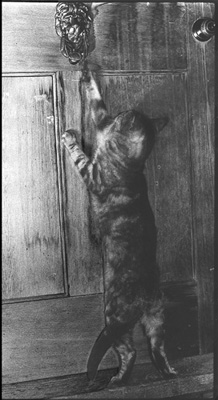A fair dinkum Aussie story
During the great depression of the 1930s four Aussie blokes met on the road and as they walked they kicked rocks and ate the dust that rose from under their feet.
During the great depression of the 1930s four Aussie blokes met on the road and as they walked they kicked rocks and ate the dust that rose from under their feet.
Queanbeyan District has always been known for its fine horseflesh so it was not surprising that bushrangers including Ben Hall and Frank Gardiner were attracted here in the 1860s.
One of the many prominent Australian Aboriginal families who now call Queanbeyan (NSW Australia) home is the Baxter Family led by matriarch Elder Ethel Baxter, who has iconic status, and loves to quote her brother Harold Williams’ famous line:
“if you want respect you have to earn it – black or white”. 1
It often takes someone else to initiate a spoken question to which an answer has never been sought even though the question has silently lurked in the deep recesses of the mind over a long time, “What is the mural on the wall made of”. 1
Our beautiful Queanbeyan River winds around our beautiful town of Queanbeyan and our Central Business District (CBD) but who knows about it?
Queanbeyan’s “working” Printing Museum showcases a miniature of John Gale’s first newspaper The Golden Age (1860) being printed on a foot-pedal, hand fed small press that the John Gale family would have used as part of their commercial printing business – as well as other larger printing presses like the cumbersome ‘Chandler & Price, Hand Fed Platen Press’ c1900 and the Linotype Model 14, with its hot metal crucible, which was the heart of the publishing business.
By 2031 Queanbeyan’s population is predicted to escalate to 68,970 people who will own 46,880 vehicles to clog the Queanbeyan road network.

1
It was winter in a country town that pretended to be a city.2
The wind whistled and the lightning flashed and the rain beat down on the corrugated roof.
Occasionally a wisp of wind came down the chimney and stirred the blackened wood in the fireplace – until finally there was a last sparkle of red and then nothing – only blackness.
We first meet Mrs West (1823-1913) in The Queanbeyan Age newspaper after she dies aged ninety years. We meet her and get to know her only as Mrs West, which is the beginning of her life after death.
Not everyone went to church on New Years Eve as The Queanbeyan Observer observed, “many indulged in hilarious pastimes, some of a highly reprehensible character for which it is likely the chief actors will yet be called to account”.